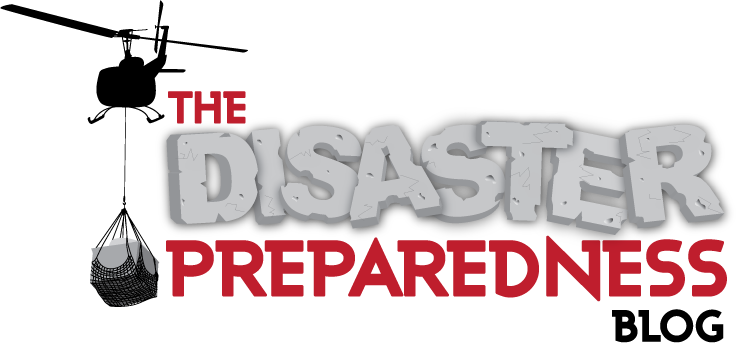 I constantly hear from other sources, both private, and from the government, that you should prepare to be on your own for 72 hours following a disaster.
I constantly hear from other sources, both private, and from the government, that you should prepare to be on your own for 72 hours following a disaster.
However.... What you do not hear too often, is that 72 hours is often the MINIMUM length of time that you should be prepared to go before help arrives.
There are those that feel that you should prepare to the extent that no help ever arrives, though I am not going to go to such an extreme, at least not at this time.
So what is a good length of time to prepare for a disaster? Well, that depends on many factors really, such as are you alone? Will you have other family members with you? What are the needs of the other people in your group? Do some require extra attention? Special diet needs, etc.?
What many people are unaware of is that during a major disaster, infrastructure that we take for granted everyday will be destroyed or rendered useless. Some of these infrastructures rely on one another to keep working.
For instance, without electricity, or power backups water pumping stations are not going to be working. This will lead to sewage treatment and water treatment problems.
In some cases it can be as long as 4-5 months before some of these services become available again. I have heard of reports as long as 6 months before some utilities become fully restored.
While the utilities have plans in place for such operations, you may have to travel to a water station which may also be inaccessible by vehicles and may require you to walk several miles to an aid station to get food, water and other needed supplies.
I would recommend that you have enough supplies for a month at a minimum, but some may need more. Keep in mind that this will be a high-stress situation, you may be sleep deprived which also increases caloric needs.
My main point in all of this is that we are very under prepared, 72 hours is just 6 3 full days. The average preparedness kit contains only enough items for 3 full days.
Most people do not even have a three day emergency supply kit, which in most cases are designed to take with you and provide enough supplies until you reach a point of relative safety.
If you have not yet taken action to prepare, please take the time to do so now.
How about you, do you think 72 hours is enough?
 Monday, June 22, 2009 at 4:31PM | |
Monday, June 22, 2009 at 4:31PM | |  Email Article
Email Article 







